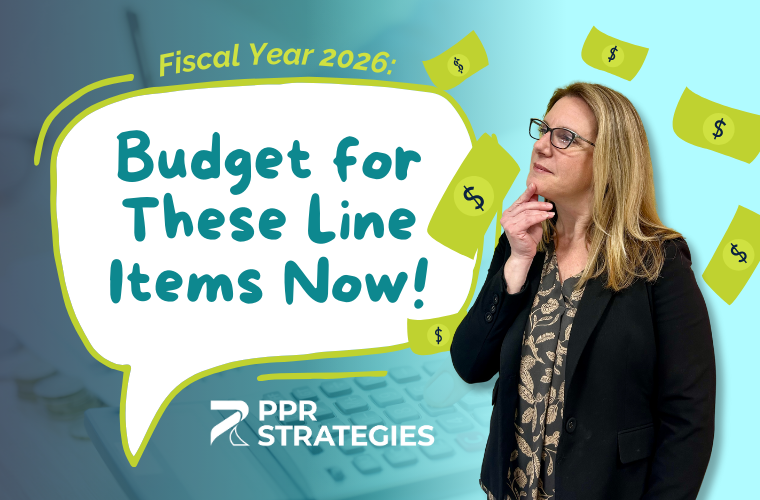Today’s blog post is based on ideas from our Director of Operations, Sophie Smith!
With all the emails your audience is receiving every day, how can you make yours stand out in their inbox? And once they actually open the email, how can you get them to take the action you want them to take – whether that’s signing up for an event, applying for a grant, or reading your latest blog?
That’s the million-dollar question we help our clients with. (Check out our case study at the end of this email to learn more.) Here are some tips we’ve learned for crafting customized and engaging email campaigns:
Tip #1: Have an authentic voice. You can’t sound like a robot when sending out mass communications. Your email subscribers are real people… and they want to read emails that feel like there’s a human on the other side of them. Write with your target audience in mind as if you’re writing to just one person rather than trying to speak to the masses. Speak with the passion you have for your community and the projects you’re working on.
Watch out for: Many marketers take it a bit too far by using ultra-personal/casual subject lines. When people open an email thinking it’s a personal outreach, only to find a pitch in the email body, they may end up feeling tricked and even mark your email as spam.
Tip #2: Photos build credibility and make emails pop. We’ve found that photos within emails help the emails to get more attention. Not only are they more visually appealing, but they also provide credibility. For example, if you’re promoting a destination and calling it “scenic,” a photo proves that; if you share a post-event recap, photos prove that you were there.
Also, some people are visual communicators, and ideas can sync in for them if they see photos versus just the text. So if you’re promoting a grant, you could show photos of the places you’re looking to support, someone receiving a check, or projects you’ve done in the past. These types of photos add a level of authenticity.
Watch out for: For a while, using popular memes was a way to create a fun, personal connection in emails. These days, memes often come across as spam. Stick with authentic photos within your emails (or high-quality stock photos when needed).

Tip #3: Target specific segmented audiences. In all your communications, it’s important to speak specifically to your target audience. You can take this a step further in your campaigns by creating segmented marketing lists for specific campaigns. For example, you might have segmented audiences of partners, local businesses, and elected officials within your larger list.
When you use segmented lists, you can tailor the messaging, which ultimately helps create value in emails. When you create valuable content, this increases your consistent readership (so that they aren’t just reading some of your emails some of the time).
Watch out for: If you’re sending multiple emails with a specific goal in mind, it can be easy to get repetitive and say the same thing in your emails over and over again. Make sure to find different creative angles to get your point across and share different types of valuable content.
Tip #4: Have a clear Call To Action. The most successful emails lead to one single thing – an ultimate Call To Action (or “CTA”). The CTA tells your audience what action they should take next. For example, your CTA might be to sign up for an event, apply for a grant, or leave a comment on a blog. The CTA should be clear, specific, and easy for your audience to follow (make sure to include any necessary links!). A sense of urgency with your CTA can help your audience to take action, such as noting an impending deadline.
Watch out for: Make sure not to add too many hyperlinks throughout your email. Once people click those to go to another page, they may not return to finish your email. Be strategic with the links you include and ensure they align with your Call To Action goals.
Tip #5: Become a habit. You can build behaviors and habits of your subscribers by regularly emailing them. Consistent emails allow readers to trust that you’ll deliver important information to them this way, so they can expect to hear about upcoming events, programs, products, and more from you. By consistently emailing your list, you’re training your readers to expect this communication from your organization.
Watch out for: Email fatigue is a real thing! Be respectful of your audience by not sending too many emails.
We crafted targeted email campaigns for our client, Rural Maryland Council, to get the word out about their grant programs. Click here to read the Rural Maryland Council Case Study.
Want our help crafting an email marketing campaign? Contact us here to set up a free 15-minute consultation.
Reimagining Places With You,
The PPR Strategies Team







